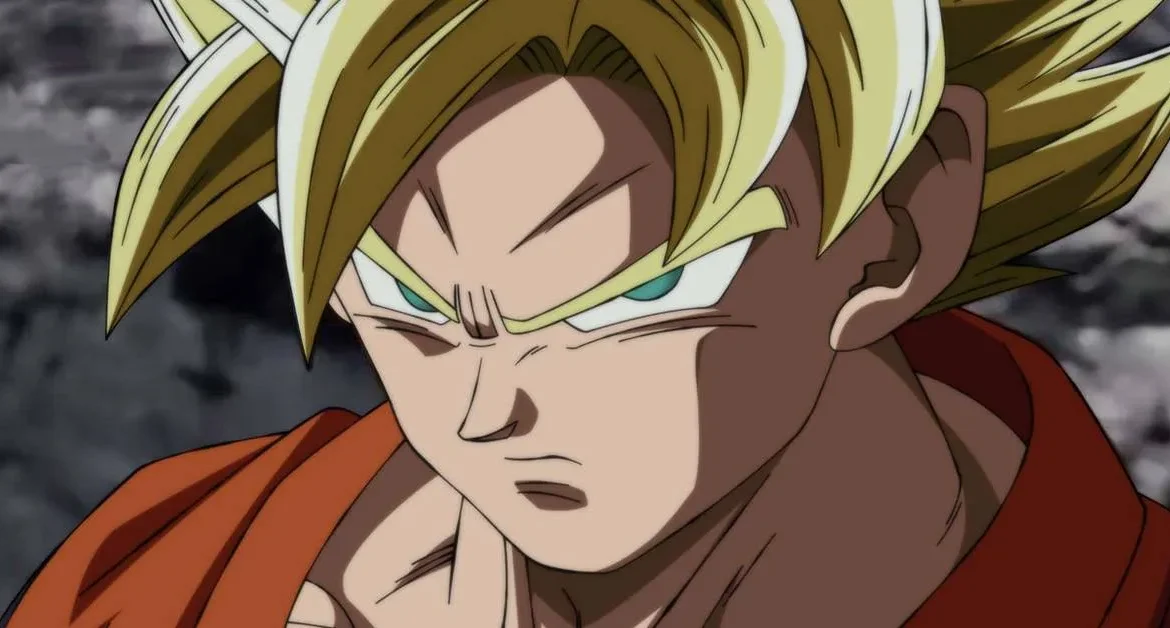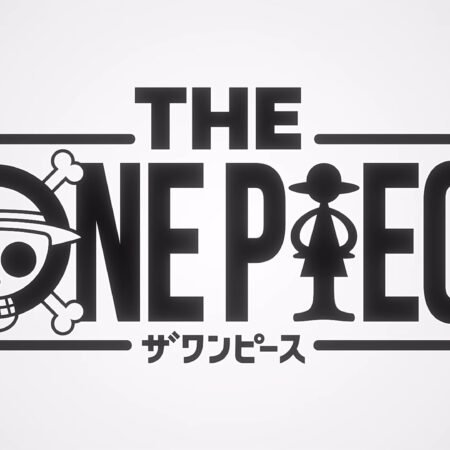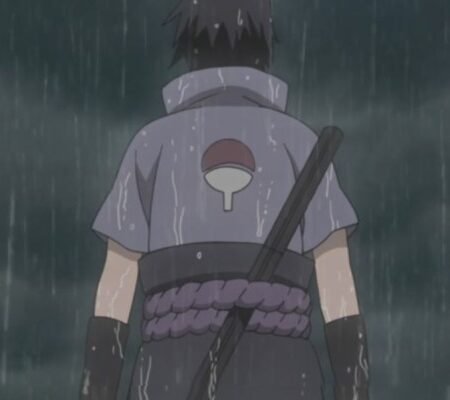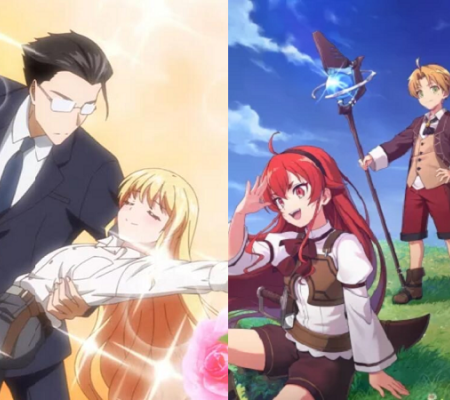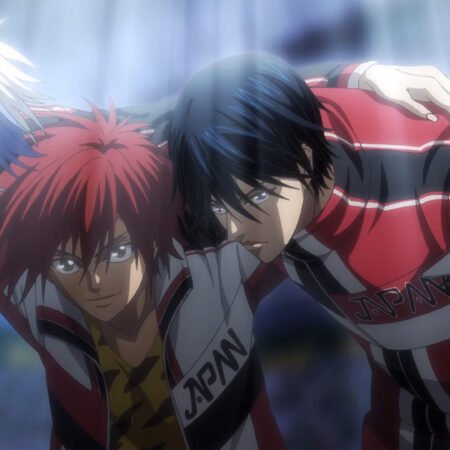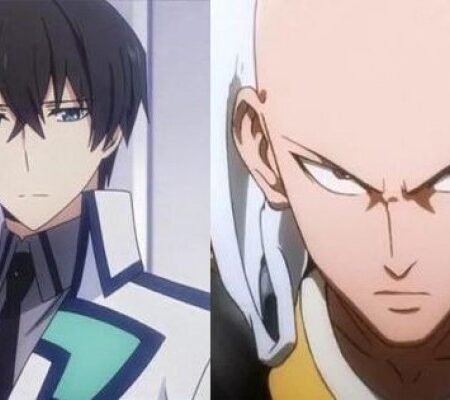Dragon Ball is one of the most iconic anime of all time, marked by epic battles and a wide range of powerful characters.
However, a curiosity that may not be as well known to everyone is that the design of many of these characters was reused throughout the series.
The question remains: was this a deliberate choice to maintain a certain uniformity between the characters or simply a way to make the producers’ work easier?
The theory of character reuse
See this photo on Instagram
The illustrator known as SALVA brought this discussion to light in a very fun and visual way. In a post on his Instagram, he presented an image where he transforms Krillin into Goku and, in another painting, Goku into Yamcha. Accompanying the image, SALVA joked:
“I was watching the Saiyan saga and I saw that painting and I thought ‘mmm I could make some Gokus ajjajajaa’ and so I started drawing on it xD. Gokus Multiverse? Hahahaha.”
What SALVA wanted to highlight is that, despite being distinct characters with their own stories and personalities, Goku, Krillin and Yamcha share many physical similarities, being differentiated mainly by their hairstyles and some specific traits. This raises an interesting question about how the series’ creators and illustrators chose to reuse basic designs to create characters that ended up becoming so beloved by the public.
The idea of a “Gokus multiverse” points not only to a production technique but also to a creative way of exploring the characteristics of the characters without making them strange or disconnected from each other. After all, the visual familiarity between them can also contribute to the cohesion of the Dragon Ball universe, where each new character does not seem out of place but rather part of an extended warrior family.
But what about you, have you noticed?
Now that the observation has been made, you can also look at Dragon Ball characters with different eyes. Have you ever noticed this almost absurd similarity between the Z Warriors? Does this revelation in any way change your perception of the series or just add an extra layer of curiosity about the production behind these iconic animes?
Read +: Dragon Ball Super theory reveals how Namekians sustain themselves with water alone
This discussion leads us to think about the different methods of producing visual content and how they can influence both the creation and reception of an artistic work. Dragon Ball, with its indisputable legacy, shows that even reuse techniques can be an integral part of a series’ success and identity.
